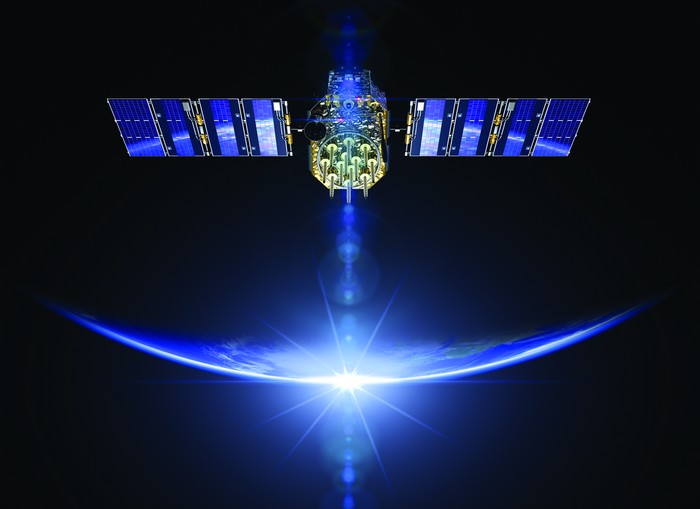InSAR remote sensing data fills niche for forest inventory

Remote sensing is a great way to learn more about our forests and manage them accordingly.
Scion is exploring new methods to capture information, such as SAR (Synthetic Aperture Radar).
Remote sensing involves recording data about an object, without making contact with the object. Interferometric SAR (InSAR) satellite technology is one method that has been used to perform forest inventory overseas, but this study is the first time it has been used on the challenging, dense canopies of radiata pine in New Zealand’s mountainous terrain.
The study found that while lidar is still much more precise for predicting forest attributes, InSAR has several other benefits to consider.
InSAR uses radar to sense data and as such, data capture isn’t affected by cloud cover and can take place day or night. InSAR is also very cost effective at $0.16 per hectare to gather data, whereas lidar is between $3-16 per hectare.
Results shows that InSAR could fill a niche for forest managers for whom very high precision is not a primary concern or for large-scale assessment of areas where other data sources are unavailable or too expensive. There is also room for the models to improve with future optimisations that the team are working on.
To understand the possibilities of using InSAR data as a cost-effective alternative to lidar, researchers used models to predict standard inventory information (e.g. tree height, basal area, stand density, stem volume). This information can be used to monitor crop health, optimise silvicultural treatments, and estimate stand volume and value, for example.
Digital models of the terrain and canopy surface can also be produced from InSAR data. This information can then be used to derive canopy height models that are used in inventory methods to increase accuracy, which is useful for height, basal area and total stem volume.
The mountainous terrain did present some challenges as the accuracy of canopy height modelling decreased in slopes between 40-50 degrees, but it was found to be a consistent error rate.
Scion’s Geomatics Team evaluated the use of lidar, InSAR, UAV and satellite photogrammetry for predicting forest inventory attributes. Among these three data sources, InSAR is the least expensive data source. Despite satellite photogrammetry being more precise than InSAR, it cannot create a basic terrain model for forests. InSAR has this advantage and can be acquired despite cloudy conditions. These benefits will form important considerations when deciding which remote sensing approach is most suitable for each forest plantation.
